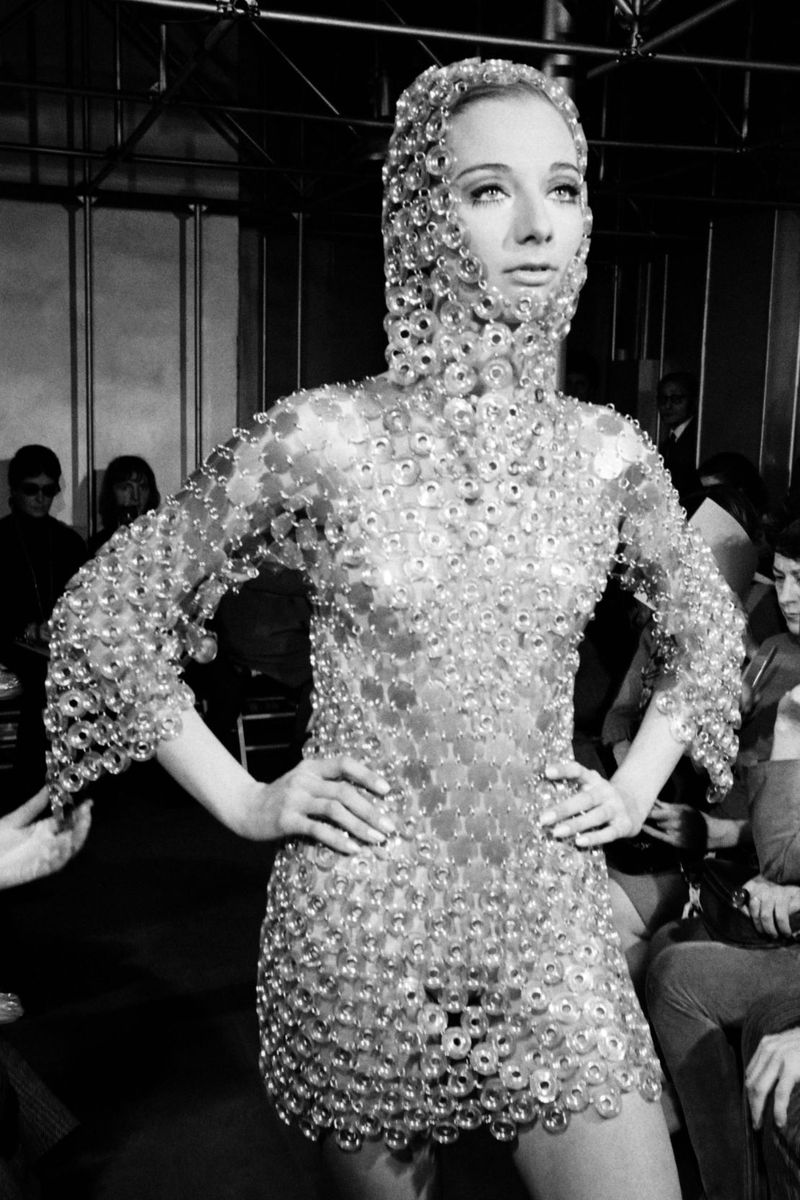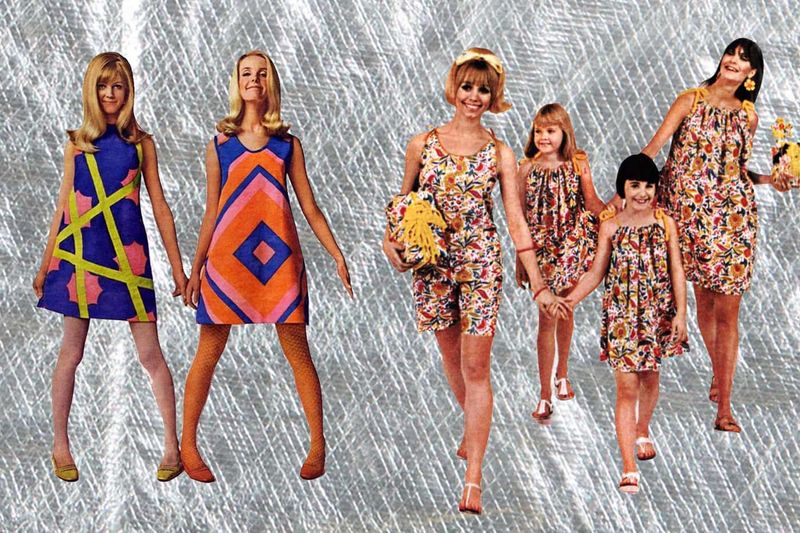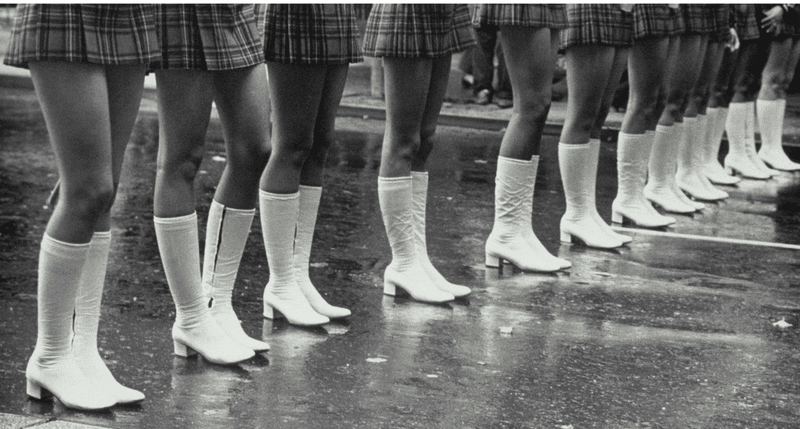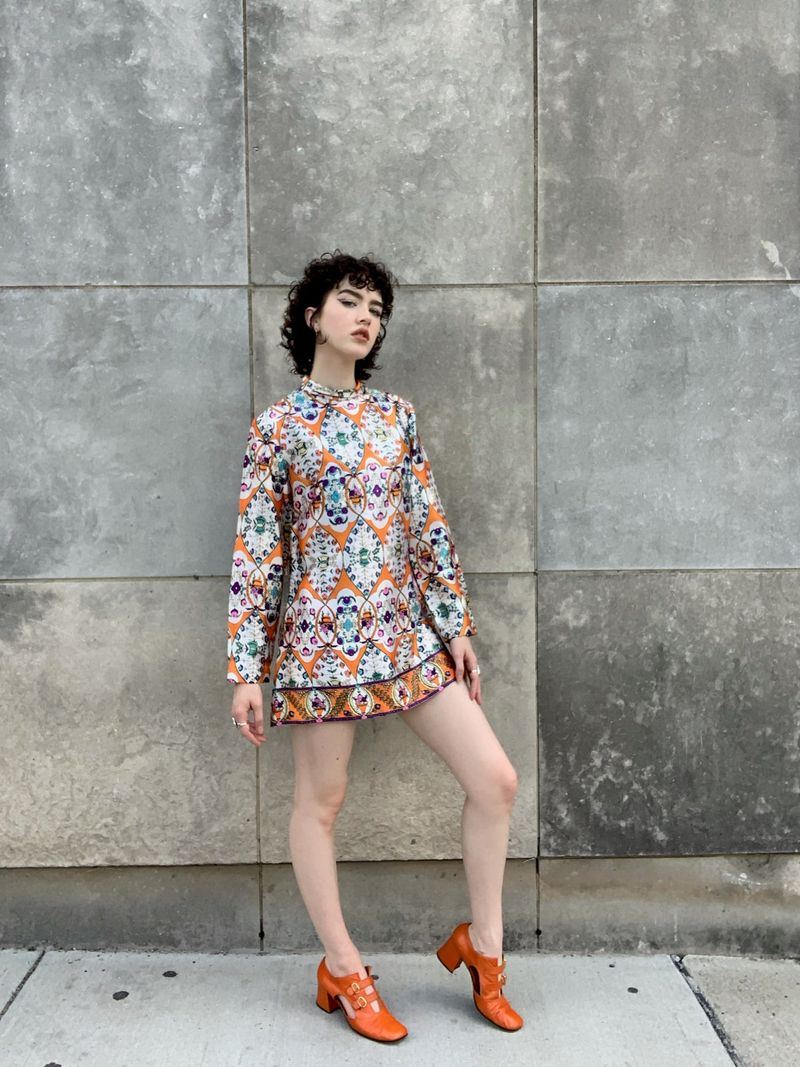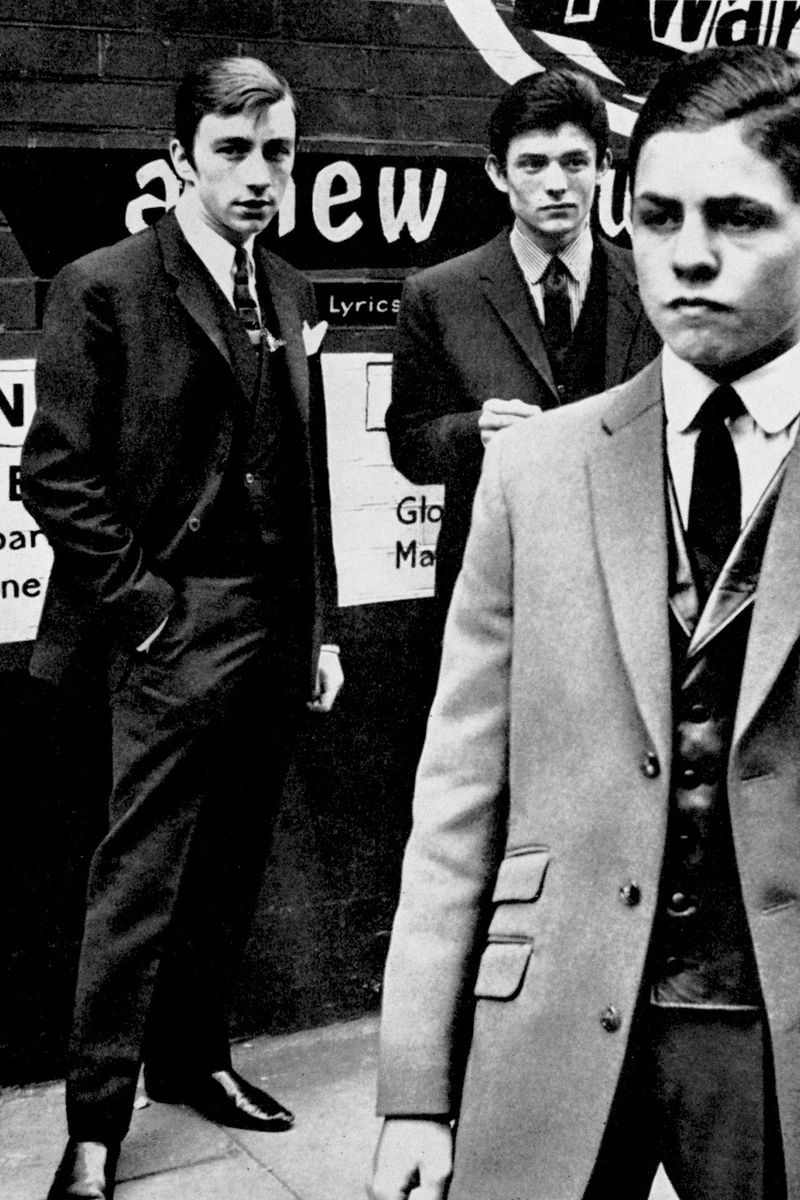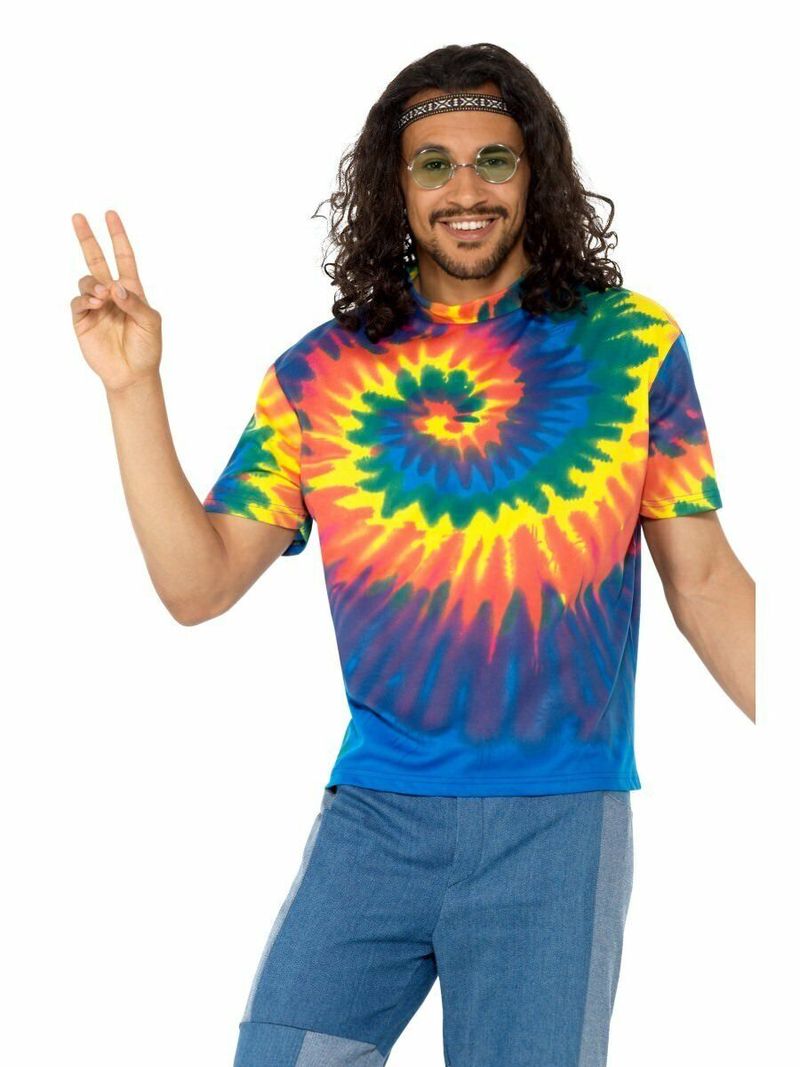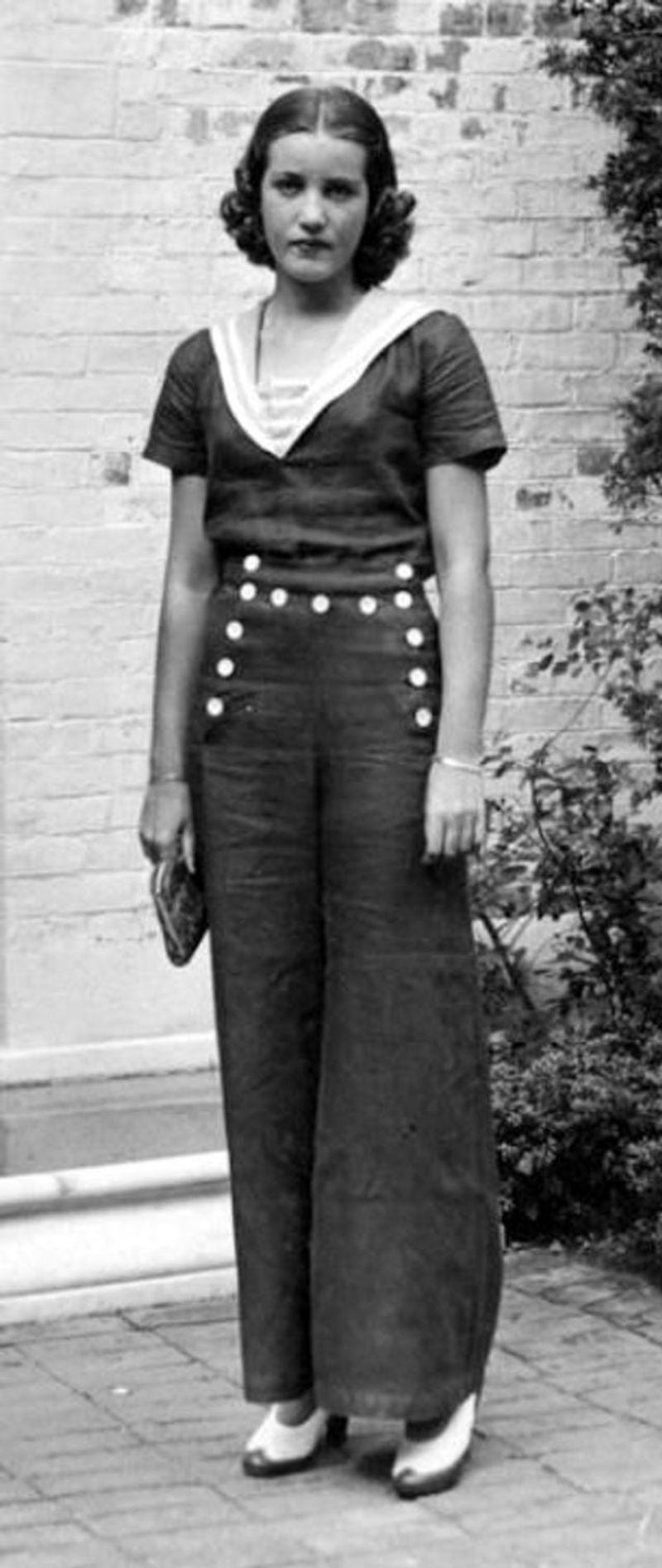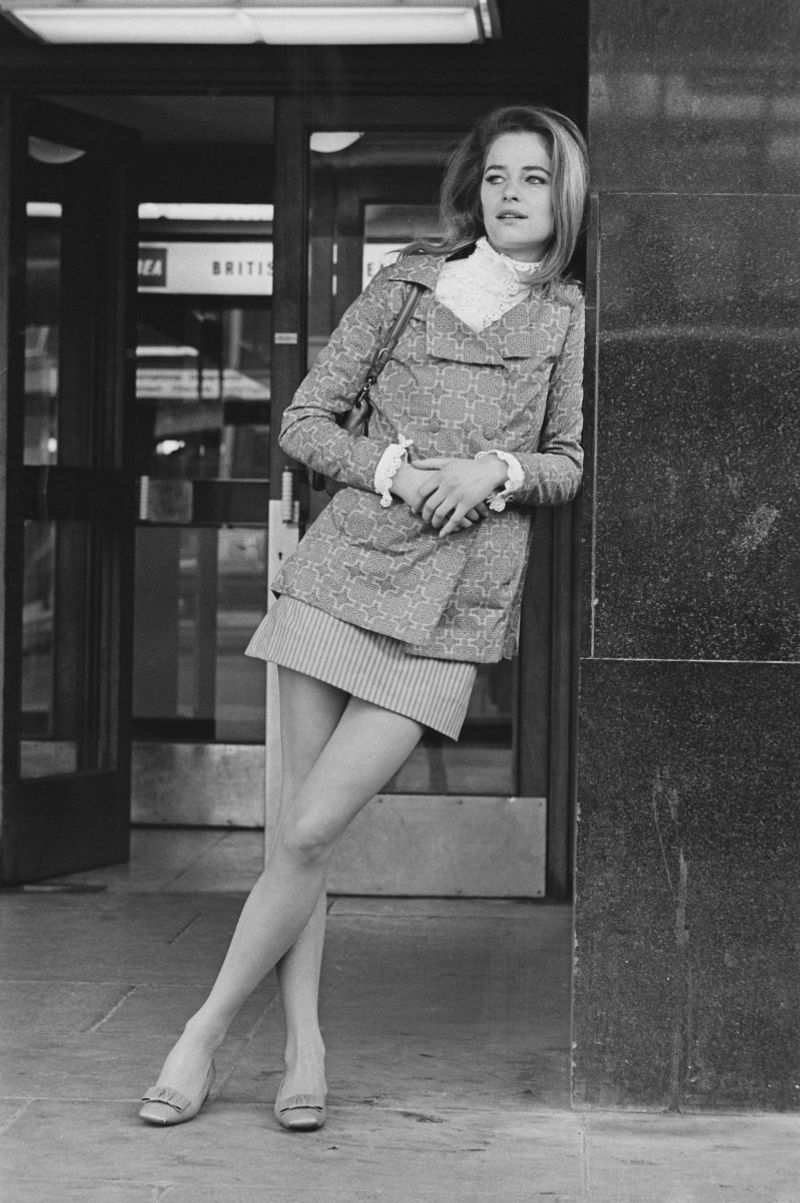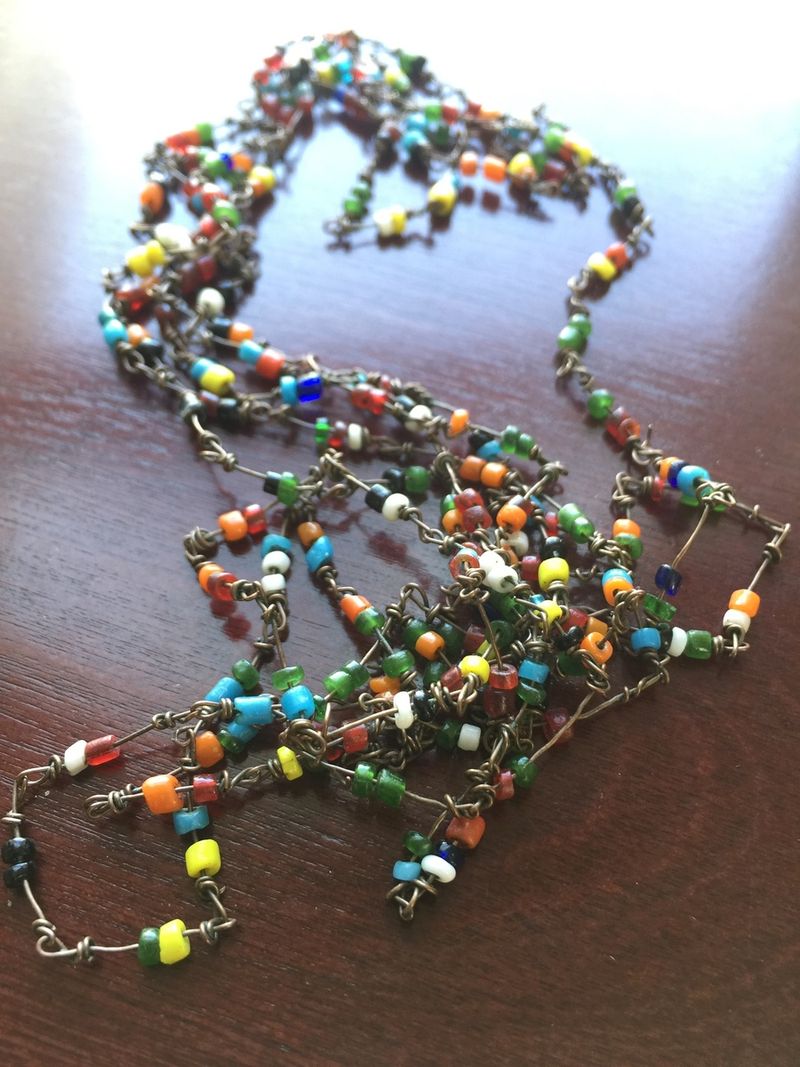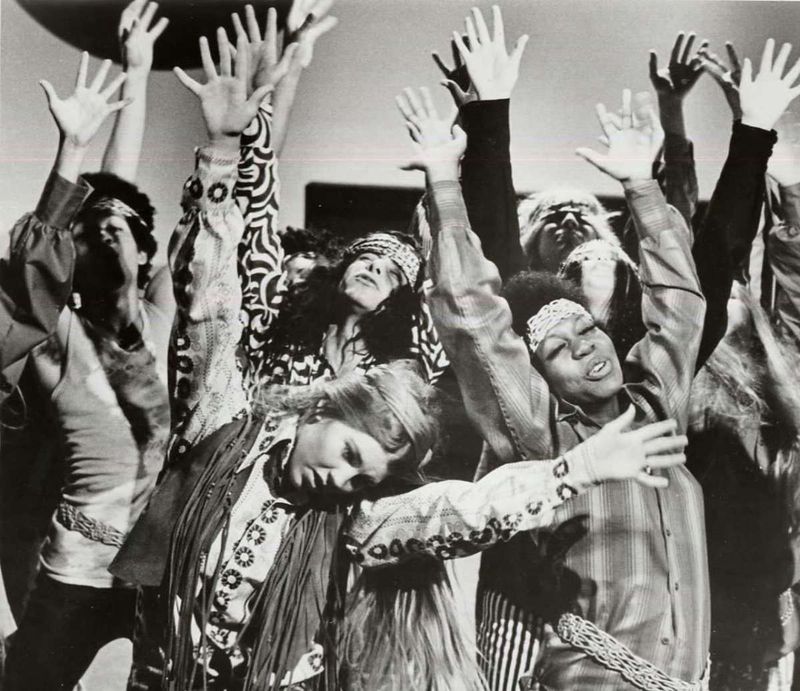10 Things We Used To Wear In The ’60s That Were Totally Bizarre
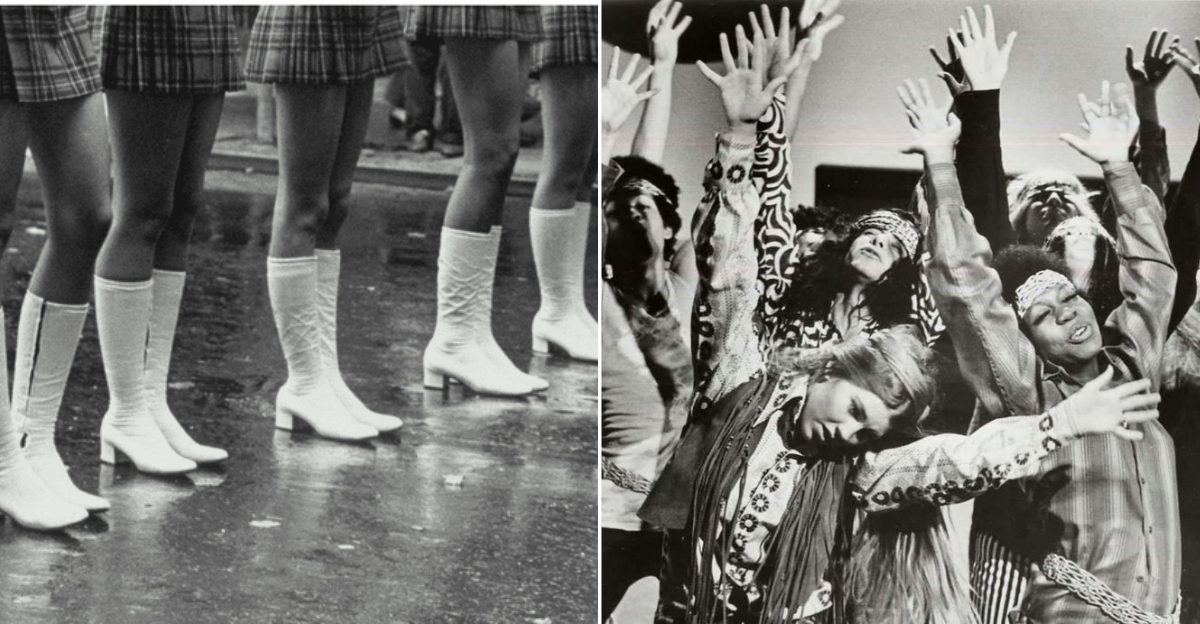
The 1960s was a decade of transformation and experimentation, not just in politics and music, but also in fashion. People wore clothing that pushed boundaries, made bold statements, and defied conventional norms.
From futuristic designs to playful patterns, the sixties were all about expressing individuality and breaking free from tradition.
This era was a melting pot of styles, where the bizarre became the norm. Let’s explore ten of the most extraordinary fashion trends from this iconic decade that still leave us in awe today.
1. Space Age Dresses
During the 1960s, space exploration deeply influenced fashion. Space Age dresses, with their metallic fabrics and futuristic designs, became a sensation. Designers like André Courrèges and Pierre Cardin led this trend, crafting garments that seemed straight out of a sci-fi film.
These dresses often featured geometric shapes, PVC materials, and bold colors. The intention was to capture the imagination and optimism of the era, reflecting the fascination with outer space. Such attire was not just clothing; it was a statement of forward-thinking and boundary-pushing.
Wearing a Space Age dress meant embracing a new world of possibilities, where fashion transcended earthly limitations and ventured into the cosmos.
2. Paper Dresses
In the 1960s, paper dresses became a short-lived yet unforgettable trend. These dresses, made from disposable paper materials, were both affordable and innovative.
They featured vibrant prints and pop art designs, making them perfect for parties and events. The appeal lay in their novelty and the statement of disposability, reflecting a culture of change and experimentation.
However, these dresses were not very durable, meant to be worn only once or twice. Despite their ephemeral nature, paper dresses captured the playful and rebellious spirit of the 60s.
3. Go-Go Boots
Go-go boots were a hallmark of 1960s fashion, characterized by their knee-high length and shiny material. Often made in white, these boots became synonymous with the go-go dancers who popularized them.
The style was both bold and functional, providing comfort and flair for the energetic dance moves of the era. They were often paired with mini skirts, reflecting the liberation and confidence of the modern woman.
Go-go boots remain a symbol of the 60s, representing a time when fashion was fun, fearless, and full of energy.
4. Psychedelic Patterns
The psychedelic patterns of the 1960s were a vivid explosion of color and creativity. These bold designs, inspired by the counterculture movement, adorned everything from dresses to shirts.
The swirling, often chaotic patterns were a visual reflection of the psychedelic experiences and music that defined the era. Wearing such patterns was a way to embrace individuality and stand out in a crowd.
While they might seem overwhelming today, these designs captured the essence of a generation seeking freedom and expression through every fabric thread.
5. Mod Suits
Mod suits emerged as a stylish trend during the 1960s, characterized by their tailored fits and clean lines. Popularized by bands like The Who, these suits became an emblem of the Mod subculture.
Typically crafted in bold colors or patterns, they were a departure from traditional menswear. The sleek style was paired with skinny ties and polished shoes, exuding a sense of sophistication and modernity.
Mod suits represented more than just fashion; they symbolized a cultural movement that embraced innovation and youthful rebellion.
6. Tie-Dye Shirts
Tie-dye shirts became a symbol of the 1960s counterculture, embodying the era’s spirit of peace and love. Each shirt was a unique creation, with vibrant swirls of color that reflected individual expression.
The DIY nature of tie-dye made it accessible to everyone, aligning with the anti-establishment values of the time. These shirts were often seen at music festivals and protests, where they added a splash of color and unity.
Wearing tie-dye was more than a fashion choice; it was a statement of solidarity and freedom.
7. Bell-Bottom Pants
Bell-bottom pants were a defining feature of 1960s fashion, known for their flared legs. Initially worn by sailors, they became a popular trend among the youth.
The wide-legged design allowed for comfort and movement, making them perfect for dancing and casual wear. Often crafted from denim, bell-bottoms were versatile and could be dressed up or down.
These pants became a symbol of the era’s laid-back and carefree attitude, representing a break from conventional styles and the embrace of something new and exciting.
8. Mini Skirts
The mini skirt revolutionized women’s fashion in the 1960s, offering a bold and liberating alternative to longer skirts. Introduced by designer Mary Quant, the mini skirt quickly became a fashion phenomenon.
Short, vibrant, and often paired with colorful tights, they embodied youthful rebellion and freedom. The mini skirt was more than just a garment; it was a statement of empowerment and individuality.
Wearing a mini skirt allowed women to express themselves in ways that were previously unimaginable, paving the way for future generations to embrace their style.
9. Love Beads
Love beads were a popular accessory in the 1960s, symbolizing peace and love. These simple, colorful beads were often handmade and worn by individuals embracing the counterculture movement.
They were more than just a fashion trend; they represented a way of life that rejected materialism and embraced community. Love beads were often exchanged as tokens of friendship and connection.
Wearing them became an act of solidarity, aligning with the era’s messages of harmony and understanding.
10. Hippie Headbands
Hippie headbands were an iconic accessory of the 1960s, often adorned with floral patterns and earthy colors. Worn across the forehead, they complemented the free-spirited and bohemian lifestyle of the time.
These headbands were not just about style; they embodied the hippie movement’s ethos of peace, love, and harmony with nature. Often seen at music festivals like Woodstock, they became a symbol of unity and cultural change.
Hippie headbands encouraged a connection to the earth and each other, resonating with those seeking simplicity and authenticity.

